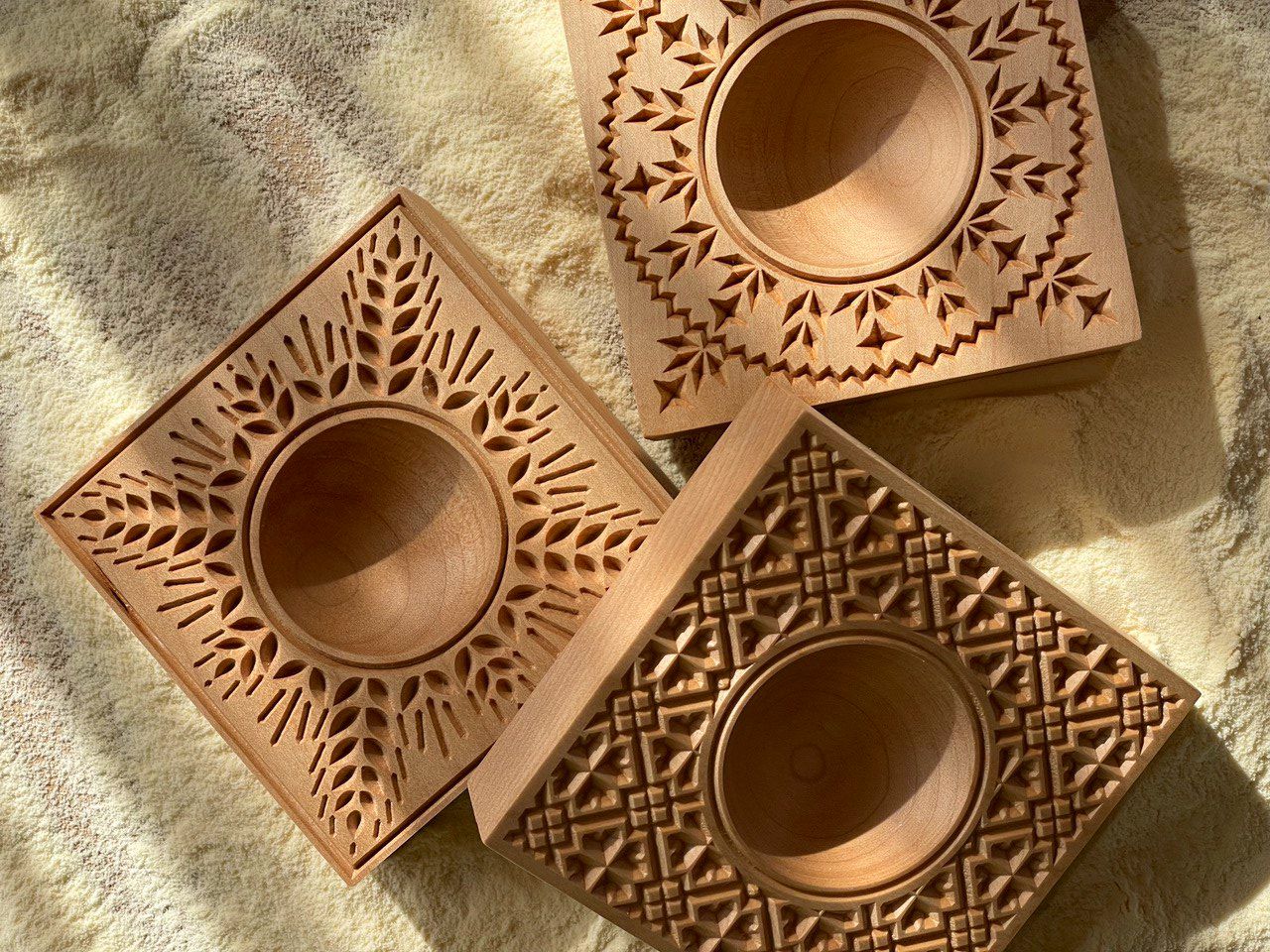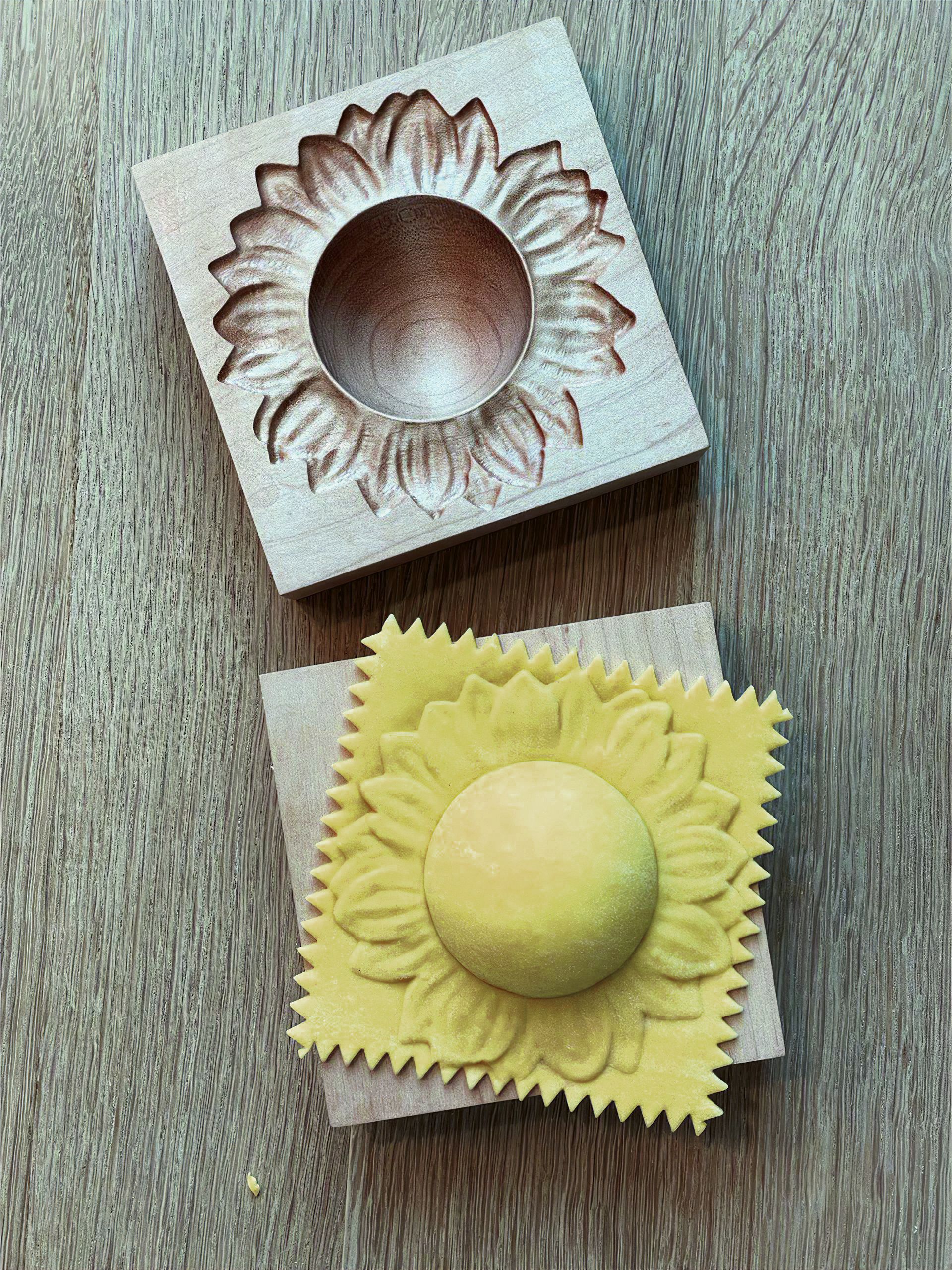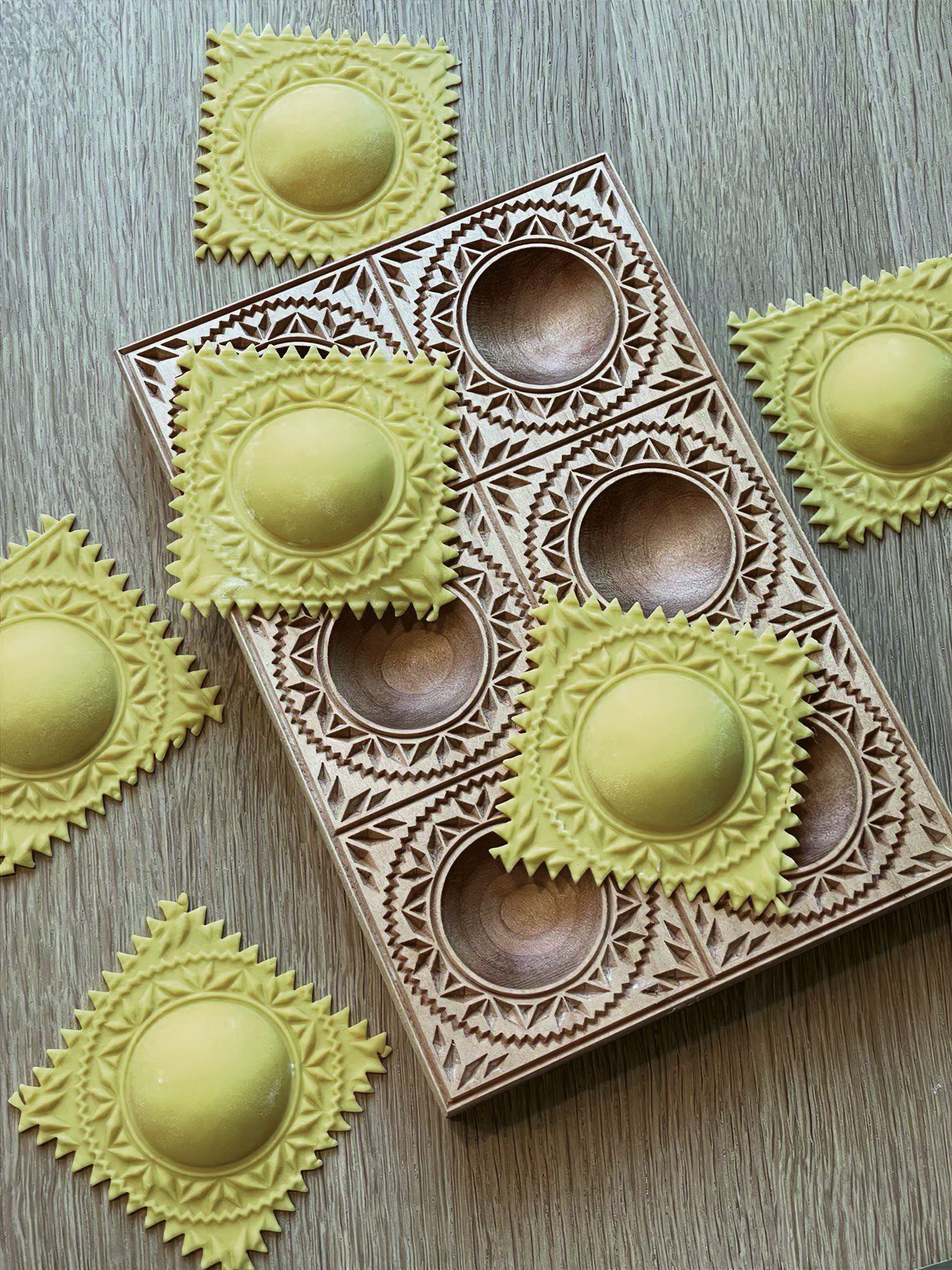Trupasta is a story of passion and coincidence, of culinary creativity intertwined with a love of pasta. The journey celebrating the creativity and craftsmanship of Ukrainian woodworkers was sparked by the unexpected purchase of a simple ravioli cutter. The colorful pasta, boards, rolling pins, and ravioli molds in the Trupasta range are not only meant for creating tasty dishes but also for preserving values and traditions. Their message is simple and clear: preserving and passing on traditions is equally important in cooking and in life. Trupasta offers not just pasta, but a slice of Ukrainian culture and family heritage, where food and love are at the core. Founder Ksenia Trubetska talked about one such culinary journey.
1. When did Trupasta start its journey and what motivated it? What can you tell about the business?
I love cooking and entertaining my family and friends, and I also like experimenting with food. My story started with a ravioli cutter I randomly bought. After several unsuccessful attempts at making pasta, I realized that until I knew the chemistry, different types, and properties of flour, I would never succeed. Thus began my fascinating journey into the world of pasta. God rewarded me for my perseverance, learning, and hard work and blessed me with a creative vision. Hence the idea of using colored pasta to make lasagne and ravioli. The details were sometimes tiny, it took a long time to make the small elements and the pasta dried out easily, making it difficult to assemble quickly. This is why the idea of using wooden pasta molds was born, which helped me to create the fine details.

2. How did you come to include wood as a material in the pasta-making process? Where are the molds produced?
The dish through which I want to express my culinary skills and cultural traditions had a profound impact on me, and the small wooden molds have added a whole new dimension to my gastronomic experience. All our products are made by Ukrainian wood craftsmen and the production takes place in Kyiv, Ukraine.
3. What types of products does Trupasta offer?
We are constantly expanding our range, currently a limited number of boards with Ukrainian motifs are on offer. They are specifically designed for making pasta and gnocchi, and we also feature special ravioli molds. Thanks to their unique patterns, they will make any dinner memorable, and we also have some new products in store for the holidays.
4. The products are inspired by Ukrainian folk motifs and traditions—what other messages do you wish to convey?
The secret lies in simple things. For me, it is important to use these small tools to bring together all kinds of families who want to have a good time, make ravioli with their own hands, and enjoy a meal together. This will make the evening a fond memory for everyone.

5. Can the brand contribute to the international promotion of these values?
We have created our products by studying traditional and sacred national motifs and ideals because family, faith, love, and charity are the fundamental values passed down through generations over the centuries. They are inherent in every culture and nation; they are the spiritual wealth we possess and share with others.
6. What should we know about Ukrainian traditions in relation to food?
Ukrainian cuisine is multi-component, with regional diversity. There are traditions that have stood the test of time, some that have changed slightly, but we still prepare national dishes for major holidays, sticking to the recipes of our ancestors.
7. Speaking of holidays, where can we purchase Trupasta products?
Our products are available on online marketplaces such as Etsy, eBay, Mercari, and Offerup.

8. Can you share a recipe that Trupasta products are perfect for?
I will share an extraordinary recipe for ravioli dough:
• 300 grams of flour type 00
• 90 grams of Rimacinata flour
• yolks of 5-6 eggs
• 1-2 tablespoons of olive oil
• a little water.
Start making the ravioli pasta by mixing the 300 grams of 00 flour and 90 grams of Rimacinata flour in a large bowl. Make a well in the middle of the flour and beat in the yolks of 5-6 eggs. Add 1-2 tablespoons of olive oil. Now it’s time to knead the dough; mix the ingredients and start kneading. If it seems too dry, add a little water, but be careful not to let it get too wet. Knead the dough thoroughly and continue for 10-15 minutes until it is smooth and springy.
When the dough is of the right consistency, let it rest, covered, for at least 30 minutes. Then stretch the dough into thin sheets and use it to make the ravioli filling, which can vary according to your taste. Fill the ravioli with your chosen stuffing and cook them in salted water. The ravioli are ready when they float to the top. Drain the ravioli and serve them with a sauce of your choice and freshly grated cheese.









